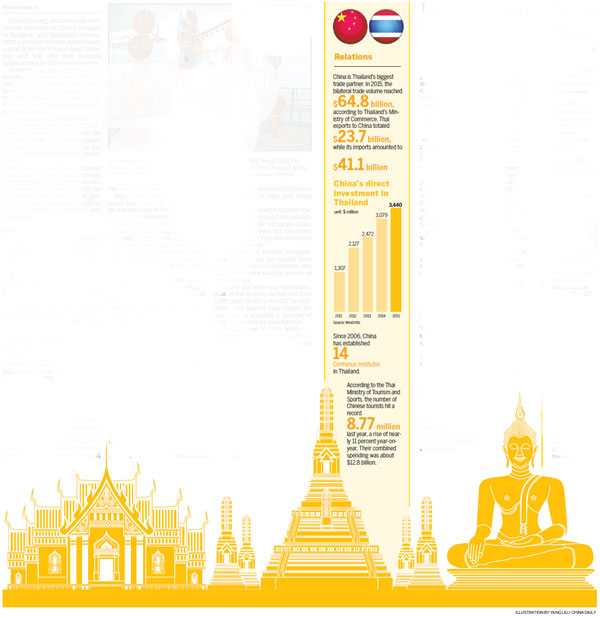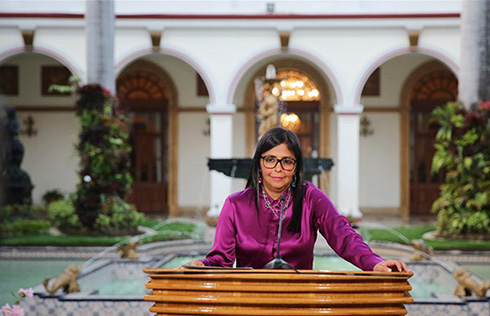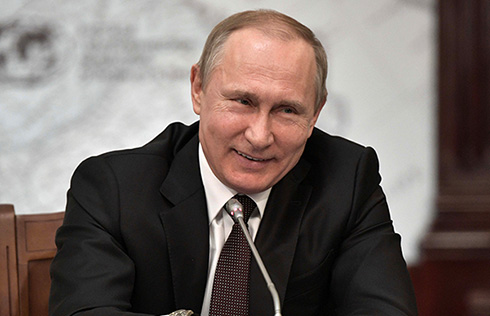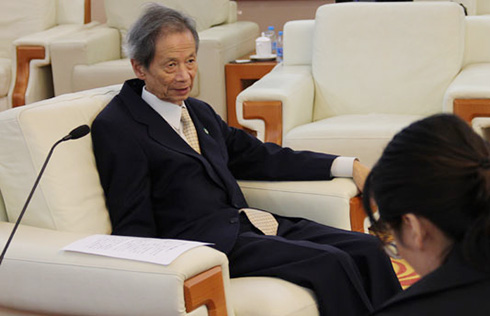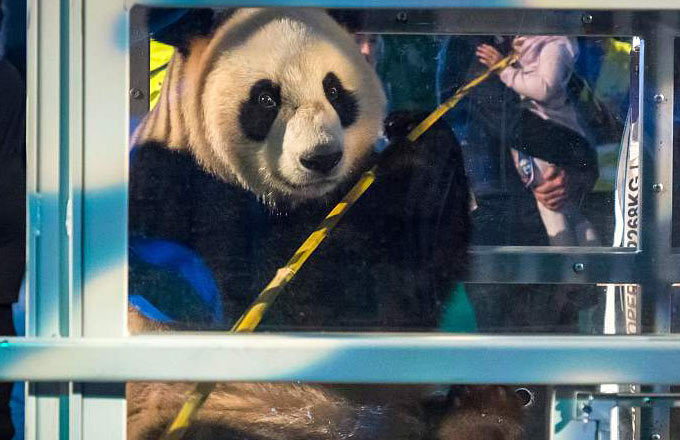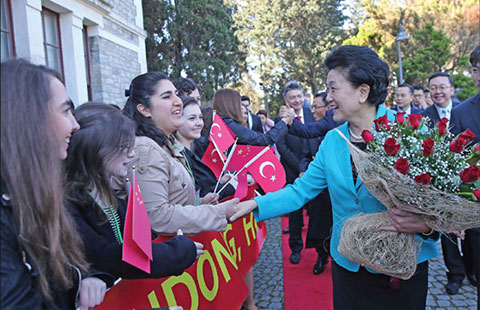'Land of smiles' welcomes new opportunities
Ideal location
Xu said Thailand's location, close to the center of the area covered by the Association of Southeast Asian Nations, makes it an ideal choice for Chinese investors exploring related markets.
The Thai-Chinese Rayong Industrial Zone, about 200 km southeast of Bangkok, has been jointly developed by Holley and Amata, a Thai industrial estate developer.
Established in 2012, the facility has total investment of more than $2.5 billion. It employs 3,000 Chinese nationals.
As of April, 86 Chinese-owned solar, rubber and industrial manufacturing plants had opened in the zone.
Xiao Qijing, Holley's CEO, said the company had to overcome many difficulties when it started to invest in Thailand, and the purpose of establishing the zone was to prevent other companies from experiencing similar problems.
"Our experience tells us that a third party is needed in Sino-Thai industrial cooperation," he said. "They should explain local policies to companies investing in Thailand and also tell the Thai government what the companies need. We want to share our experiences with those companies and make it easier for them to invest. We would like to see a win-win situation."
Wang Licheng, chairman of Holley's board, had the idea for the zone when he met with one of Thailand's biggest industrial property companies.
"We offer a 'one-stop' service for investors," he said. "That includes market research, policy consultations and staff recruitment. Many government departments, such as customs, tax and power, have been invited to the zone to talk with investors and solve problems."
According to the company, 90 percent of Chinese businesses investing in Thailand have opened premises in the zone, which welcomed one of the country's largest rubber producers when it opened in 2006. Moreover, the number of companies that have opted to use the zone has risen significantly since 2012.
In March last year, China's Trina Solar, one of the world's leading makers of solar panels, opened a manufacturing facility in the zone. Meanwhile, Futong Group, a manufacturer of optical cables in Hangzhou, Zhejiang province, barely exported to the ASEAN market before it opened a factory in the facility. Now, it is among the world's biggest suppliers of optical cables.
ZC Rubber, one of China's largest makers of rubber products, recently decided to add a new production line for industrial tires in the zone. The line will begin operations in May.
In 2015, the company launched its first overseas factory in the zone, and since then, it has produced millions of tires for cars and light and heavy trucks.
"Our market research suggests that Southeast Asian demand for industrial tires is rising. We will target industrial products to meet our customers' demands," said Li Ying, the company's marketing director.
Wu Guangyun, Holley's vice-president, said the zone has created more than 20,000 jobs for local people, who account for more than 95 percent of the workforce.
"Before the zone was established, most of the workers earned less than 1,000 yuan ($145) a month," he said. "Now, their salaries have tripled. We also plan to establish a number of technical schools for local farmers."
He added that by 2020, when construction of the 12-square-kilometer zone is complete, there will be enough space and equipment for 300 companies.
Wang said Holley hopes to replicate the Rayong zone model in other countries, such as Mexico and Myanmar, to help Chinese overseas investments thrive.
Xu said Chinese investors must be prepared to undertake sufficient homework and be prepared to adapt to local laws and regulations: "Chinese who want to achieve something in Thailand have to adapt to the local society and behave like Thai people do."
Contact the writer at xuwei@chinadaily.com.cn
